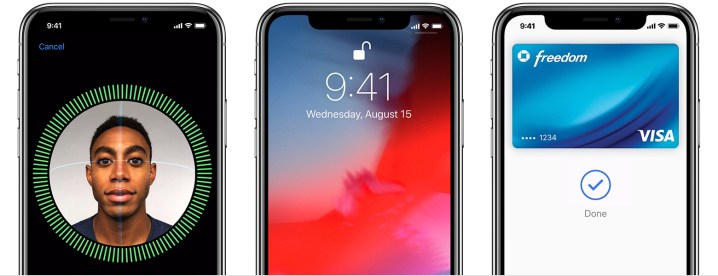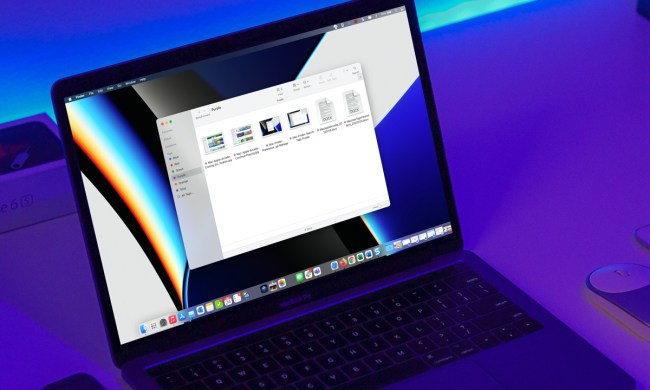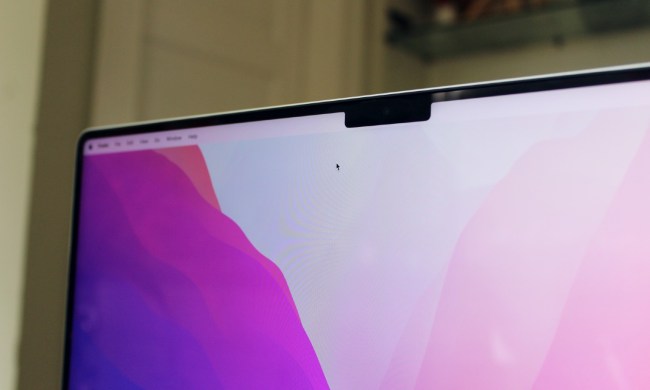
In the days of Touch ID, it was easy to register other people’s fingerprints on your phone, giving them access when they needed it. When Apple switched to Face ID, however, that changed — and while you can now register two devices with Face ID, Apple could finally be working on adding more. That could come in handy, particularly on an iPad, which might be used by a family of people.
Perhaps more interesting than simply being able to register multiple faces to an iPhone is that the patent notes different faces being able to log into different profiles. That makes sense for the Mac — it’s easy to set up multiple users on a Mac, allowing different people to have their own files and apps separate from others. On an iPhone or iPad, however, it’s currently impossible to set up multiple profiles on the same device, though it’s a feature that has been highly requested.
The patent also discusses being able to log multiple faces for different looks. For example, if someone tends to change their facial features by doing things like adding facial hear or wearing glasses, they may want to log multiple faces to their profile — despite the fact that Face ID is generally good at still recognizing a user regardless of changes like facial hair and glasses.
It certainly makes sense that Apple would want to expand the features on offer by Face ID. The system is relatively high-tech compared to Touch ID, but it has a few limitations when compared to Touch ID. It’s unlikely someone would ever change their fingerprint, for example, but it’s certainly possible, and even likely, that users would change their facial features over time.
It’s likely Apple will switch to Face ID on all kinds of devices eventually. The feature was just brought to the iPad Pro, but many expect it to feature on the Mac line of computers at some point, too, especially the MacBook and iMac. Of course, whether that ever happens remains to be seen — as does the implementation of this patent — but we think it’s a pretty safe bet that Apple will allow for multiple Face ID implementations at once eventually.



